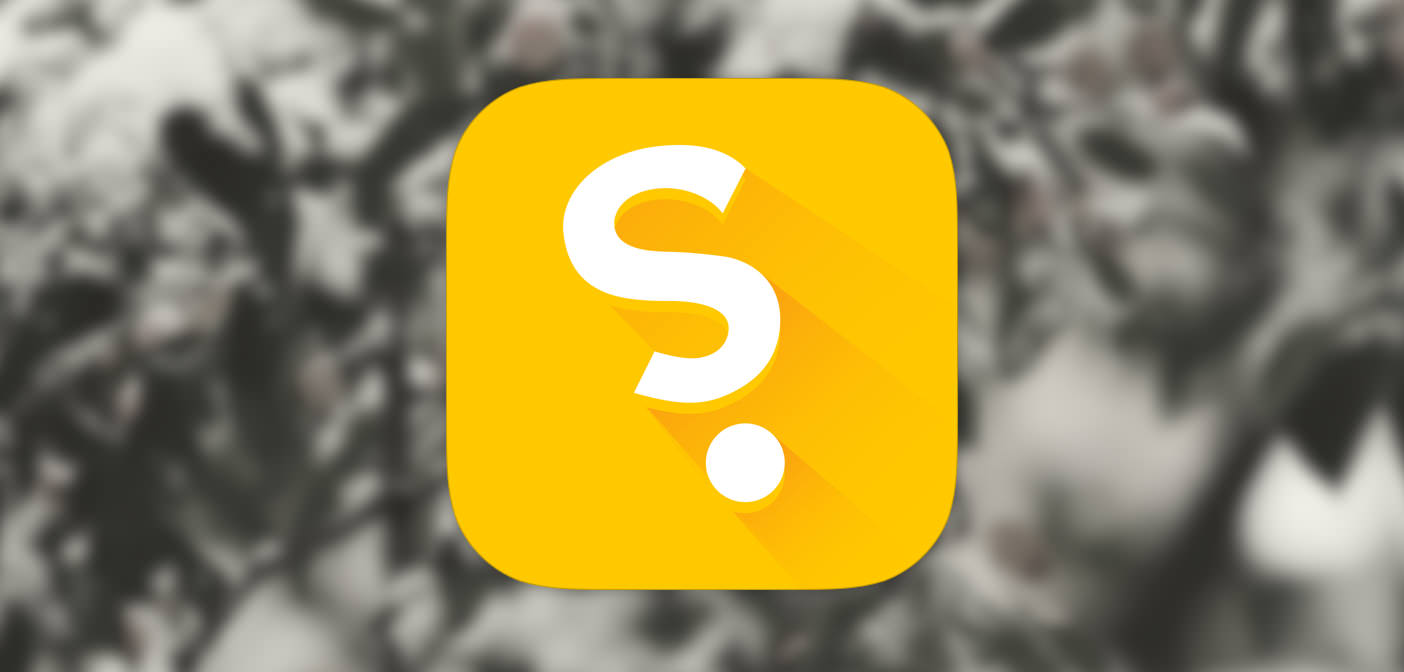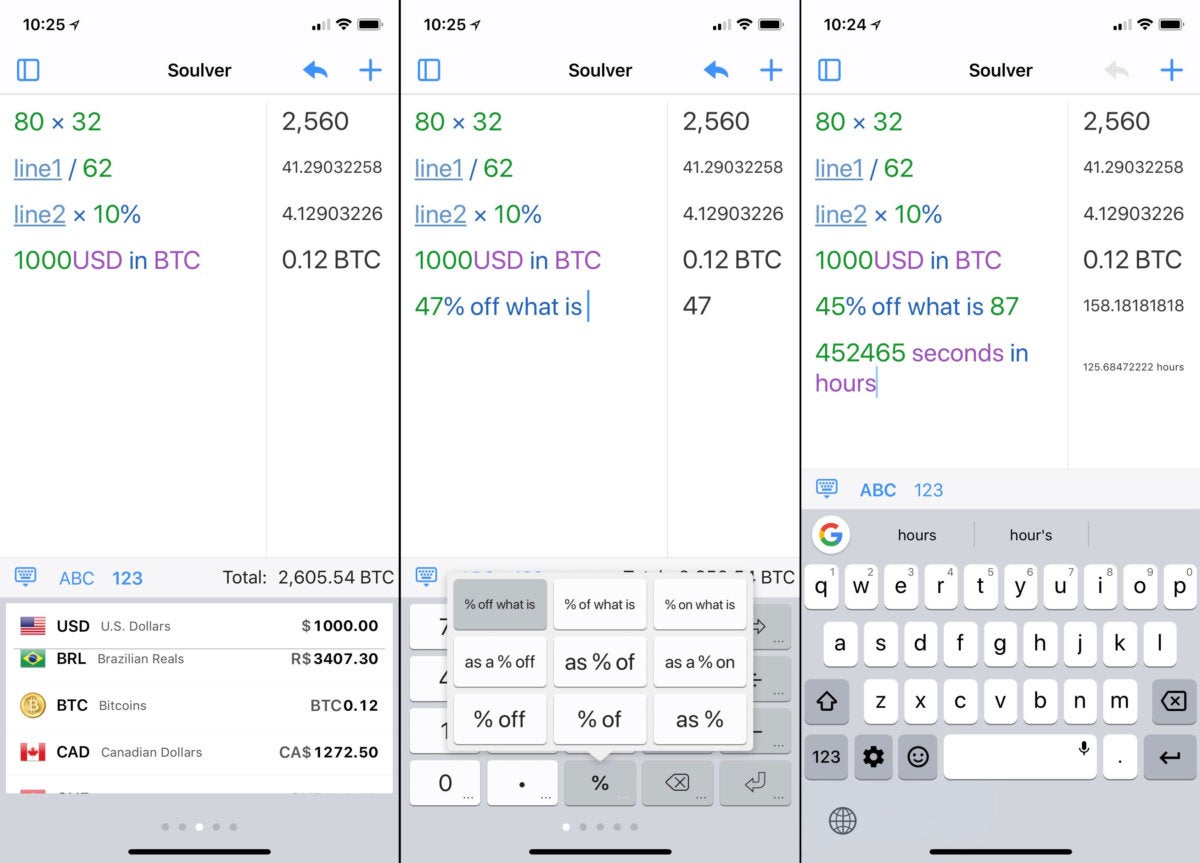

My list of must-have features for a digital calculator is long, but I can narrow it down to the following: By day, I work as an accountant, effectively making a calculator the single most important tool in my daily life. The iPhone and iPad versions should at least come bundled together, especially considering the iPhone version is such a crippled, stripped down version of the iPad one.I’m particularly fussy about calculators. It doesn't help that they want me to buy each app individually, which would be about $40 altogether. It just feels like the perfect "back of an envelope" implementation that Acqualia touts on their web site. I have used all three versions and find that, by far, the iPad version is the best. Honestly, I was very disappointed with Soulver. Perhaps with some urging, Acqualia with bring more parity between the three versions.

You can also annotate all your calculations in plain English (the way you would on an envelope, e.g. The other versions include the ability to define variables.

So much so, I would almost prefer that the iPhone version be called Soulver Lite or Soulver Stripped. And they are significantly different from the iPhone version.
#SOULVER IPHONE MAC#
That is, there is a version for the iPad as well as Mac OS. However, it does have a major failing point, though you may not have noticed this unless you have used one of its other iterations. Soulver puts you squarely in the middle of those extremes and lets you get all your "figuring" done quick and not so dirty. With a spreadsheet, you spend too much time filling in fields with data and formulas. If you have actually ever plotted out a number of calculations on the back of an envelope (this is why Val-Pak coupon mailers are TRUE junk mail - they don't leave any space to legibly write anything on the envelope), you know how you go back and forth between pencil/paper and calculator screen. Soulver is great as a "plain language" calculator. An "easy percent" function is also included allowing you to designate the percent sign to be "% off," "% on," or "as % of." This works great for keeping simple tabs for invoices, recording expenses for a trip, splitting up multiple bills over multiples transactions, etc.Īll the basic functions you need to perform trigonometry are included. Soulver saves work that you have done in individual files - up to 20 if you change the default settings - so you can pull up old calculations and reference them. Like a spreadsheet, soulver lets you reference individual lines to create new formulas. Like an adding machine, Soulver shows all transactions that you have performed so far in a column with totals. Instead of simply showing a running total, the way a standard calculator does, Soulver lists all your calculations that got you to your current figure. And if the envelope reference feels at all like home to you, you'll understand how Soulver sits halfway between a plain calculator and a full-blown spreadsheet app. What makes Soulver special in the calculator field? Acqualia touts it as "an everyday calculator" or your "back on an envelope" numbers app. For the truly hardcore, there are even at least three apps that turn your iPhone into a classic slide ruler. The answer is: "Of course you do." RPN calculators, construction/carpentry calculators, mortgage/annuity calculators - even the ubiquitous tip calculators - all have their uses and - ahem! - functions. Flashlights, mirrors, dice rollers - do we really need any more of these? Or are they simply what every developer first learns in their "Intro to iPhone Programming" book/class and so they go ahead and publish them in hopes of making back some money on their educational investment? Does anyone really need anything more than a basic calculator? Calculator apps are one of those categories in the App Store that just seems to be flooded.


 0 kommentar(er)
0 kommentar(er)
